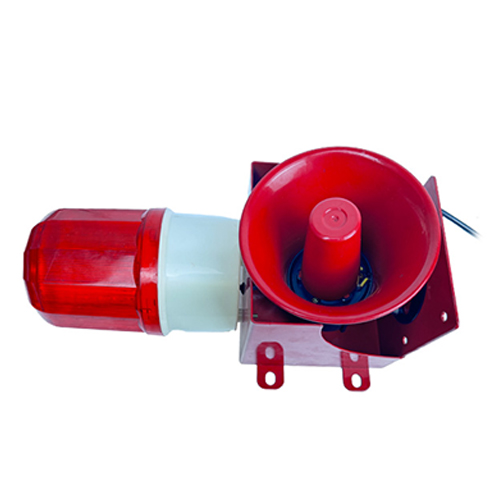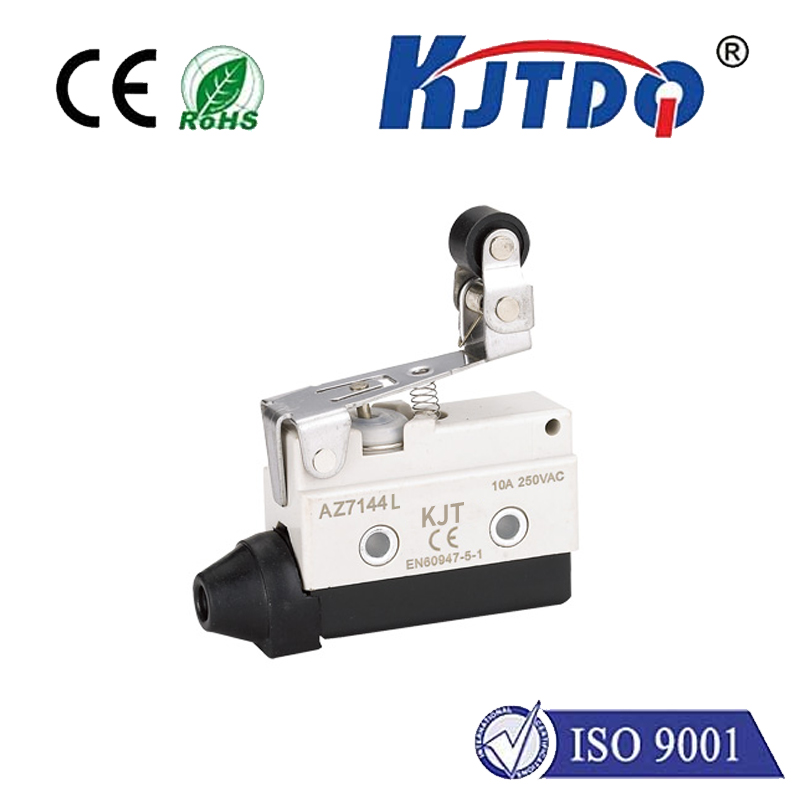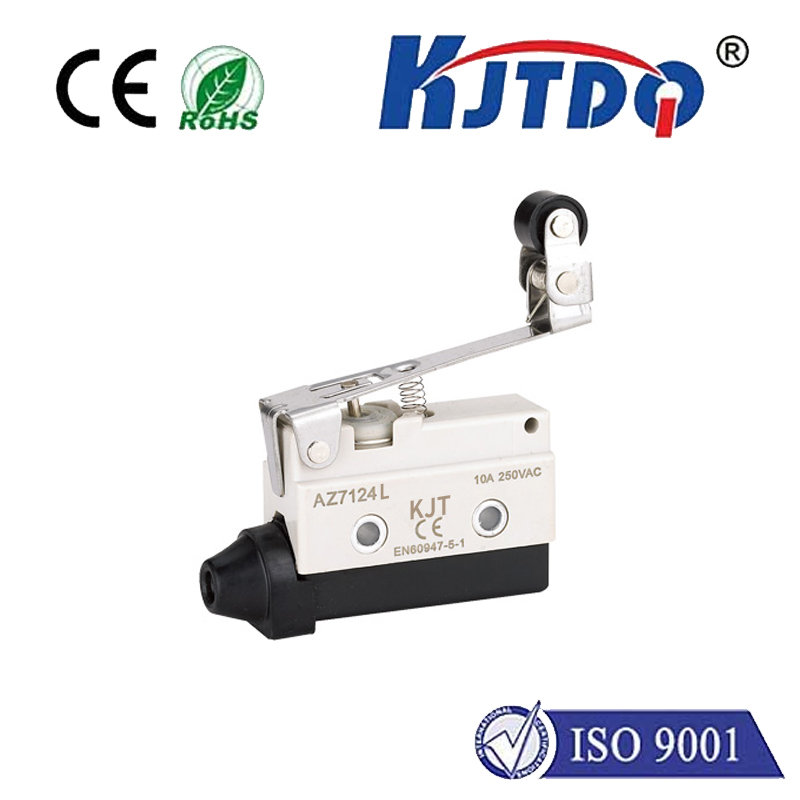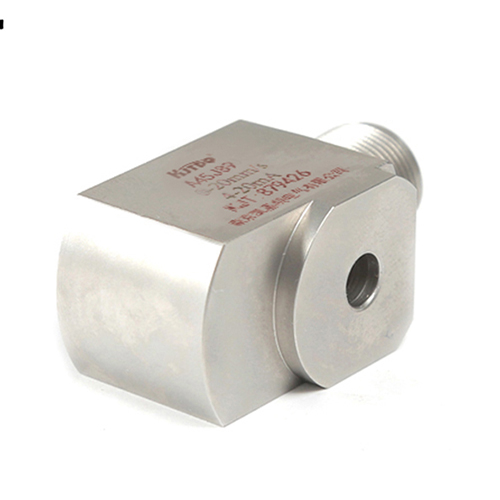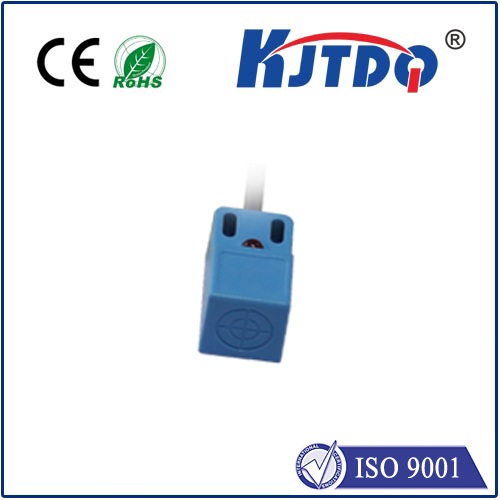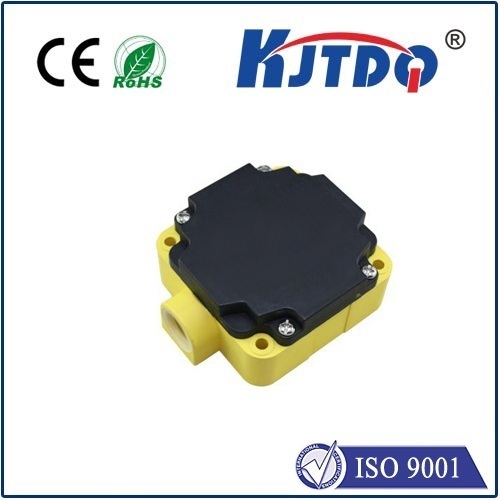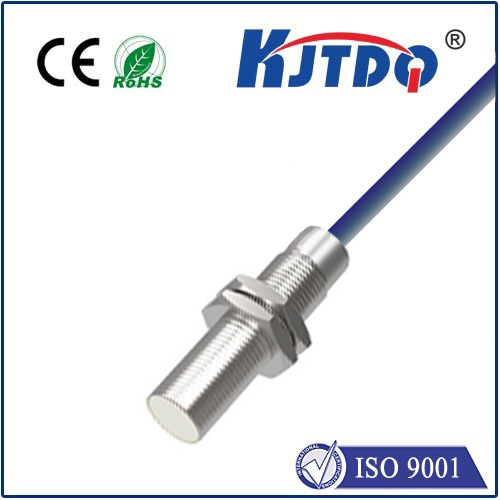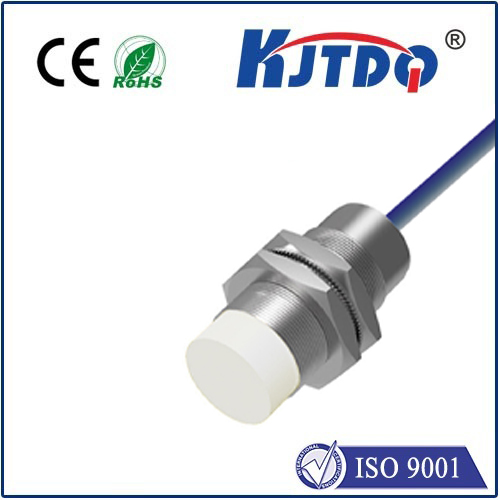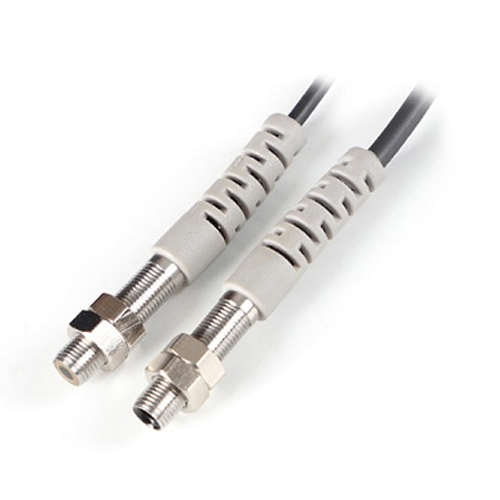photoelectric sensor n/o
- time:2025-09-10 18:05:05
- Click:0
Photoelectric Sensor N/O: The Critical Role of Normally Open Contacts in Automation
Have you ever marveled at a factory line seamlessly moving products, a garage door that magically reverses before hitting an obstacle, or packaging machines that flawlessly count items? The unsung heroes enabling these everyday miracles are often photoelectric sensors. And within this vital category, the configuration of their output contacts, particularly the Normally Open (N/O) type, is fundamental to safe, reliable, and efficient industrial automation. Understanding photoelectric sensor n/o functionality isn’t just technical jargon; it’s key to unlocking robust system design.
Photoelectric Sensors: Seeing the Invisible
Before diving into N/O specifics, let’s recap the core principle. A photoelectric sensor emits a beam of light (visible, infrared, or laser) and detects changes in that beam. This change occurs when an object interrupts or reflects the light, depending on the sensor type (through-beam, retro-reflective, diffuse). The sensor’s job is to convert this presence or absence of an object into an electrical signal intelligible to a control system like a PLC (Programmable Logic Controller).
The Crucial Switch: Normally Open vs. Normally Closed
This is where the contact configuration becomes paramount. The sensor’s output acts like an electrical switch controlling the signal sent to the PLC or other device. There are two primary states:

- Normally Open (N/O): In its resting state (no object detected), the switch is open. This means no electrical current flows through the output circuit. When the sensor detects its target (object present), the switch closes, allowing current to flow and signaling the detection event.
- Normally Closed (N/C): Conversely, the N/C contact is closed in the resting state (no object detected), allowing current flow. When an object is detected, the switch opens, interrupting the current flow to signal detection.
Why Photoelectric Sensor N/O Dominates in Many Applications
The photoelectric sensor n/o configuration is incredibly common and often preferred for critical aspects of automation, particularly safety and object detection logic, for several compelling reasons:
- Fail-Safe Principle: This is arguably the most significant advantage, especially for safety-critical applications. If a wire breaks, power is lost, or the sensor itself fails, a normally open contact remains open. This absence of signal is easily interpreted by safety circuits or PLCs as a fault condition or a “stop” signal. For instance, a safety light curtain protecting a machine zone typically uses N/O contacts. A break in the beam (or a sensor failure) opens the circuit, immediately signaling the machine to halt, preventing injury. An N/C contact in this scenario could fail closed, presenting a dangerous undetected hazard.
- Intuitive Object Detection Logic: In standard object presence detection (conveyor counting, part positioning, fill level control), the logic often revolves around seeing when something is present. An N/O sensor aligns perfectly: No object = No signal (Open). Object Present = Signal (Closed). This direct correlation simplifies PLC programming – “IF sensor ON (closed), THEN action.”
- Lower Power Consumption in Resting State: Since no current flows through the output circuit when open (no object present), an N/O sensor inherently consumes less power in its idle state compared to an N/C sensor, which continuously draws current when closed. While often marginal per sensor, this adds up in large installations.
- Compatibility with PLC Sourcing Inputs: Many PLCs utilize sourcing inputs (providing +24V DC). An N/O sensor, acting as a switch that closes between the PLC input and common (0V), is the natural and straightforward connection method. Closing the switch allows the PLC’s internal sourcing voltage to complete the circuit to 0V, activating the input.
Where You’ll Find Photoelectric Sensor N/O in Action
- Conveyor Systems: Detecting products for counting, sorting, or triggering downstream processes. Object present (blocking beam) = sensor ON (N/O closes) = PLC counts.
- Packaging Machinery: Ensuring cartons are present before filling, verifying bottle cap placement, or detecting label presence.
- Material Handling: Controlling the movement of pallets, AGVs (Automated Guided Vehicles), or robotic arms based on object position.
- Safety Circuits: Integrated into light curtains, safety mats, or area scanners where interruption of the beam must cause immediate machine shutdown (achieved by the N/O contact opening upon beam break or sensor failure).
- Level Detection: Sensing the presence or absence of material in a bin or tank.
- Assembly Lines: Verifying component placement or tooling position before proceeding.
Benefits Beyond Configuration: The Power of Photoelectrics
While the N/O contact is critical, the photoelectric sensor technology itself offers distinct advantages driving its widespread adoption:
- Non-Contact Sensing: Eliminates wear and tear on both the sensor and the target object.
- Long Sensing Ranges: Capable of detecting objects from millimeters up to several meters away.
- High Speed: Detects objects moving at very high velocities.
- Versatility: Works reliably on a vast array of materials, colors, and surfaces. Different types (through-beam, retro-reflective, diffuse) handle varied application challenges.
- Reliability: Solid-state technology offers consistent performance with minimal maintenance.
Choosing the Right Photoelectric Sensor N/O
Selecting the optimal photoelectric sensor n/o involves more than just the contact type:
- Sensor Type (Operating Principle): Through-beam (longest range, most reliable), Retro-reflective (simpler wiring than through-beam), Diffuse (single unit, shorter range).
- Sensing Range: Match the distance needed to detect the object reliably.
- Light Source: Infrared (most common, invisible to humans), Red LED (visible, useful for alignment), Laser (high precision, small spot detection).
- Output Type: Besides the N/O contact configuration (most common: PNP N/O or NPN N/O), ensure compatibility with your PLC’s input specifications (voltage level, sourcing/sinking).
- Environmental Factors: Consider IP rating (dust/water resistance), temperature range, chemical exposure, and ambient light conditions.
- Target Characteristics: Size, material (opaque, transparent, reflective), color, and surface finish.
The Takeaway: N/O as the Default for Detection and Safety
The photoelectric sensor n/o, with its normally open contact configuration, is the workhorse output type for a vast majority of industrial automation object detection tasks. Its alignment with fail-safe principles makes it indispensable for safety, while its intuitive “detection equals closure” logic simplifies integration and programming for standard presence sensing. When reliability and signal integrity are paramount, particularly where the absence of a signal must indicate a problem, the normally open contact inherent in a photoelectric sensor n/o is often the most robust and safest choice. Understanding this fundamental aspect is crucial for designing efficient, reliable, and






